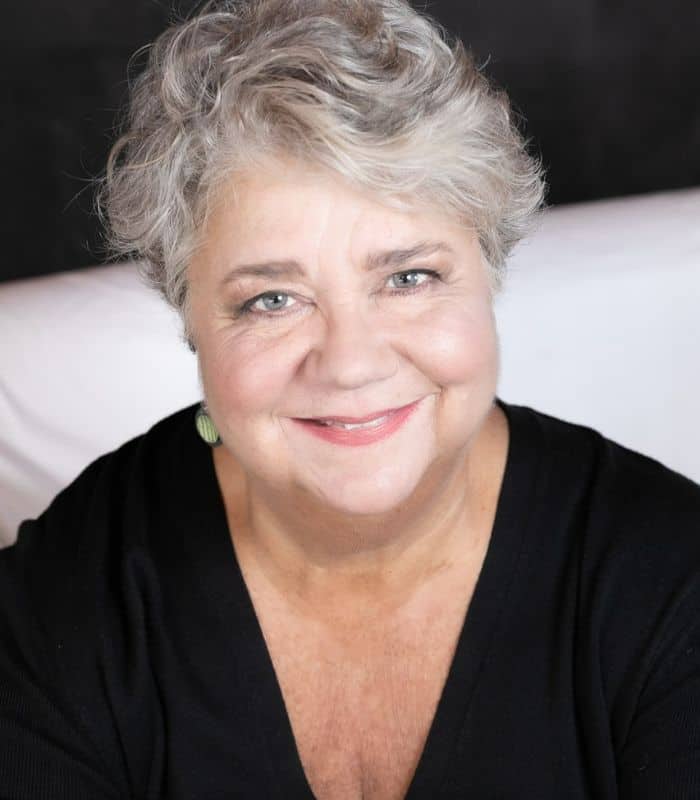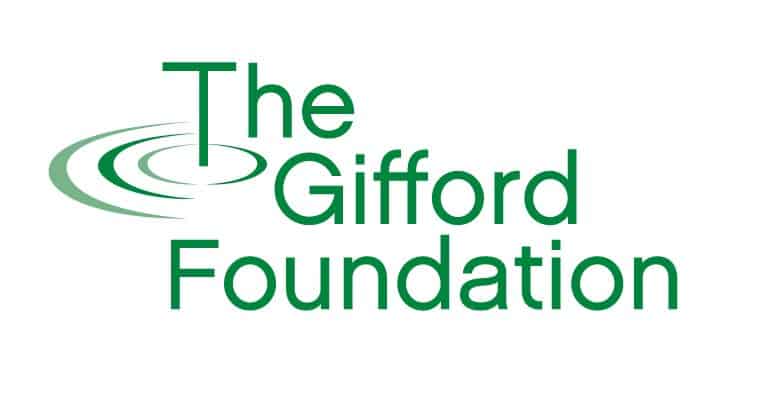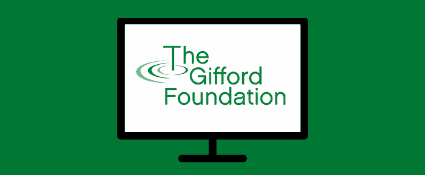Getting Where You’re Going
By Heidi Holtz, MA, CLCC – Stillwork Consulting Group
Heidi’s work is grounded in the Lifecycles Capacity Building model. This approach looks at organizational growth opportunities through assessment and performance recommendations in five areas: programs, management, governance, financial health, and administrative systems.
Published February 8th, 2022
Planning a trip is one of my favorite activities, almost equal to the trip itself. I love exploring where to stay, what to do, and how to get there. But none of that matters unless you clearly understand where you are starting your journey from – the geographic location, time of year, etc. When you live in a small city with harsh winter weather, as I do, your options depend on the specifics of your starting point. Planning a journey in February? Maybe take the train if you can or leave ample time for changes if you fly, for you’ll rarely get a nonstop.
From a nonprofit organizational perspective, planning a journey is akin to your mission/vision and the strategic pathways to get you there. Your destination is what the world you inhabit will look like if you were able to do your important work to the best of your ability. Your strategy is “what to pack:” how much staff you will need, understanding client needs, measuring impact.
Grounding all of that, however, should be understanding where you are right now. Even organizations that have great planning processes need to understand their foundational starting place.

Heidi’s work is grounded in the Lifecycles Capacity Building model. This approach looks at organizational growth opportunities through assessment and performance recommendations in five areas: programs, management, governance, financial health, and administrative systems.
All too often you think you know, but in our current world circumstances change rapidly – not to mention that while your gut instincts might be on track, it’s also wise to test them, to gather the evidence necessary to plan effectively. And this baseline itself changes as you progress, hence the need to always look to the “right now.”
In 2018 I was hired by a nonprofit just as they received an exceptionally large grant to scale their programs nationally. Within the past three years they have grown from a low-budget, mostly volunteer run group to a multi-million-dollar organization with a paid staff of more than fifteen people. When I began my work, the destination was inspiring and exciting, and the journey promised to be hectic. They knew, for example, that the board that helped start the organization would need to learn and adapt quite rapidly. One of their first steps was to conduct a capacity assessment for the entire organization, which included evaluating the current board’s makeup, knowledge, and structure. This led to a roadmap for growth, including establishing their first governance committee, revising bylaws and terms, etc. Each year the organization repeats the assessment, and each year they challenge themselves with a work plan that builds upon their current capacity.
Knowing where you are starting from also does not mean just focusing on one area of organizational infrastructure. The important thing is to look at the current picture holistically. Your programs might be strong, well-received, and achieving great acclaim. You might have strong grant funding and/or earned income to support these programs. But what of your current capacity for keeping those programs healthy? Your computers might be on their last legs; your financial software out of date; your staff untrained in collecting data.
By simultaneously measuring your strengths and weaknesses you acquire a clear and honest current snapshot and, more importantly, the complex path forward that sustains your entire organization. As an example, training your staff on data collection, with the correct software and hardware, means better evaluation of your programs. Better evaluation leads to adaptation to meet the needs of your clients. Improved client results can lead to even stronger funding. It’s all connected.
I therefore urge nonprofits to undertake a clear-eyed assessment of your entire organization, of all your current strengths and opportunities – and to do this every year. Your home base is your current capacity, the point from which you travel to future destinations. Look at your programs and your people, at your board and your bucks. And be honest about it all. Looking at how you function NOW will help you avoid magical thinking that might get you into trouble in the future.


